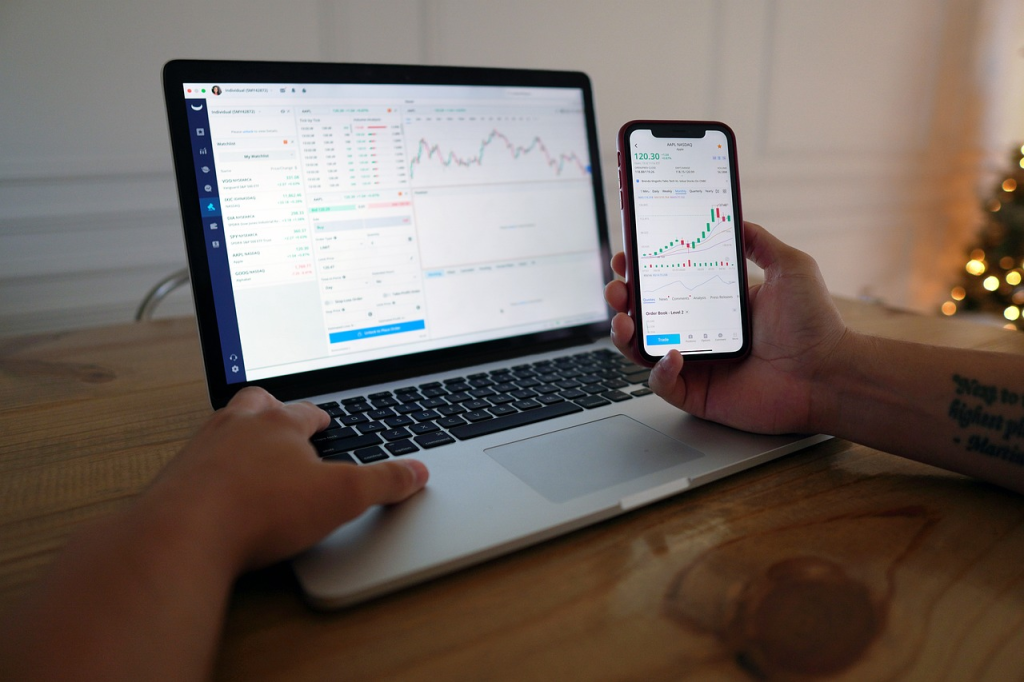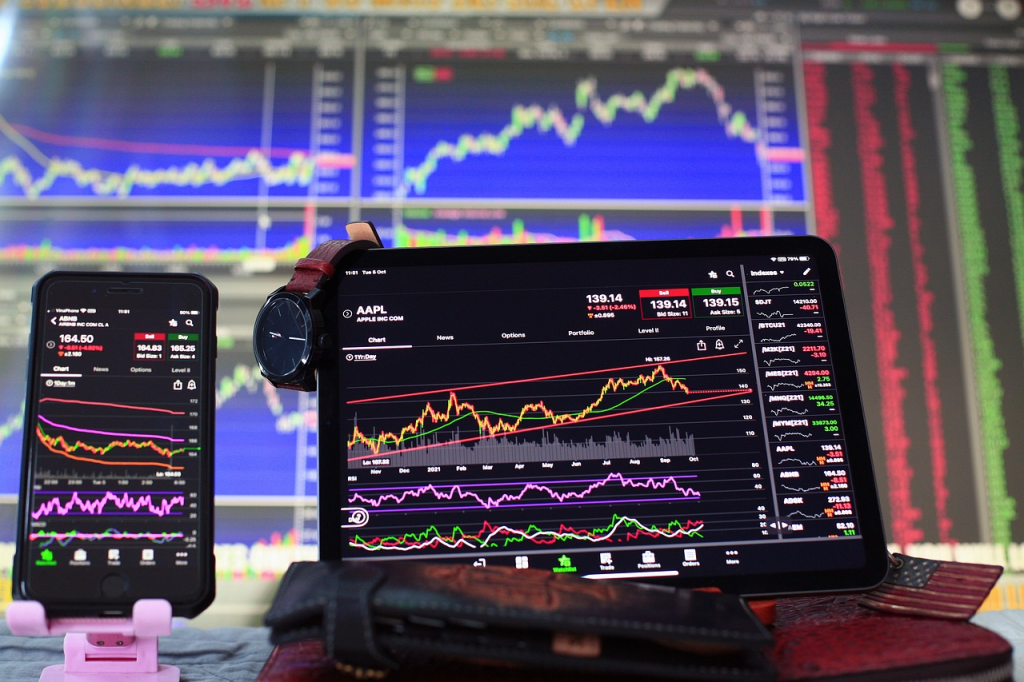In financial markets, there’s a distinct contrast between smart money and retail traders.
These terms are commonly used to distinguish between institutional traders (smart money) and individual traders (retail traders).
The strategies, resources, and knowledge between the two groups are vastly different, and this distinction is essential in understanding how the markets move.
1. What is Smart Money?

Smart money refers to the capital controlled by institutional investors, such as:
- Banks
- Hedge funds
- Investment firms
- High-net-worth individuals
These institutions have significant resources at their disposal, allowing them to:
- Access more sophisticated tools and market data.
- Make larger trades that can significantly impact the market.
- Understand and leverage order flow and market structure in ways that retail traders often cannot.
Smart money often moves the market, as institutional trades typically involve massive volumes that can influence price direction.
These institutions also have direct access to liquidity providers and insightful market intelligence, giving them an edge over retail traders.
2. What are Retail Traders?

On the other hand, retail traders are individual investors who trade with their personal funds. They typically:
- Have limited capital compared to institutions.
- Use commonly available retail trading platforms like MetaTrader, TradingView, or others.
- Rely on basic technical analysis tools, indicators, and news for decision-making.
- Often lack the same level of access to liquidity or order flow information that institutional traders have.
Retail traders are much more likely to engage in emotional trading—buying or selling based on market sentiment rather than solid analysis.
They often follow trends set by smart money without fully understanding the mechanisms behind market moves.
3. Smart Money Concepts vs. Retail Trading Strategies
1. Smart Money Concepts (SMC)

Smart money concepts focus on understanding the behavior of institutional traders. These concepts involve:
- Market Manipulation: Institutions often manipulate prices to trap retail traders by creating false signals (e.g., fake breakouts or stop hunts).
- Liquidity Pools: Smart money targets areas where retail traders have placed stop losses. These liquidity zones are used by institutions to enter or exit large positions.
- Order Blocks: Institutions place large buy or sell orders in specific price zones, known as order blocks. These zones represent areas of high interest for smart money and can be key to predicting future price movements.
- Fair Value Gaps (FVGs): When price moves rapidly without sufficient retracement, it leaves gaps that smart money may exploit. The price often returns to these gaps to “fill” them before continuing in the direction of the trend.
2. Retail Trading Strategies

Retail traders often rely on strategies like:
- Technical Indicators: Common indicators include moving averages, RSI, MACD, Bollinger Bands, etc. These indicators are based on past price data and often lag behind the market.
- Chart Patterns: Retail traders use patterns like head and shoulders, triangles, and flags to predict future price movements.
- Trend Following: Many retail traders simply follow the overall market trend, buying in an uptrend and selling in a downtrend.
- News Trading: Some retail traders make decisions based on economic reports, earnings releases, or other news events.
4. Examples of Smart Money vs. Retail Traders in Action
1. Example 1: Stop Hunts and Market Manipulation
1. Smart Money Action:
Assume an uptrend is ongoing, and many retail traders have placed stop losses just below a recent low, expecting the price to keep rising.
Smart money often drives the price down just enough to trigger these stop losses, creating a temporary liquidity grab before moving the price back up.
2. Retail Trader Reaction:
Many retail traders panic when the price hits their stop losses and sell their positions, thinking the market is reversing.
As a result, they get stopped out right before the price moves in their original direction.
3. Illustration:
The price of EUR/USD is at 1.1200, and retail traders have set stop losses at 1.1180.
Smart money briefly pushes the price to 1.1175, triggering these stops, and then the market rallies to 1.1250.
2. Example 2: Order Blocks and False Breakouts
1. Smart Money Action:
Institutions often create false breakouts in the market, pushing the price beyond a resistance or support level to entice retail traders into wrong trades.
For instance, they may push the price above a key resistance level to get retail traders to go long, only to reverse the price quickly and stop out the traders.
2. Retail Trader Reaction:
A retail trader sees the breakout and enters a long position, expecting the price to continue rising.
When the market reverses after the breakout, they are caught in a losing trade.
3. Illustration:
The price of GBP/USD is testing resistance at 1.3000. Smart money pushes the price to 1.3025, making retail traders believe the market has broken out.
However, the price quickly drops back to 1.2950, trapping retail traders who went long.
5. How Smart Money Manipulates Market Sentiment
One of the key differences between smart money and retail traders is how market sentiment is influenced.
Retail traders often react to:
- News headlines
- Overbought/oversold signals
- Hyped up social media posts
Meanwhile, smart money is already positioning itself before the news breaks or sentiment changes.
Institutions anticipate retail traders’ actions and position themselves to capitalize on those moves.
For instance, before major economic announcements, smart money may accumulate positions quietly while retail traders wait for confirmation.
After the announcement, smart money distributes their positions at higher prices, while retail traders chase the price after the move has already happened.
6. Conclusion: Smart Money Has the Edge
Smart money institutions operate with a deep understanding of market structure and liquidity dynamics, giving them a significant edge over retail traders.
They use techniques such as stop hunts, false breakouts, and liquidity grabs to profit from the actions of retail traders.
Retail traders, on the other hand, often fall into predictable patterns based on technical indicators and news events.
To trade more effectively, retail traders can adopt Smart Money Concepts (SMC) and learn to identify where institutional traders are operating.
By understanding the difference between smart money and retail traders, you can avoid common traps and align your trading strategy with how the big players approach the market.
Adopting smart money principles can dramatically improve your success as a trader, allowing you to trade with the institutions rather than against them.

Leave a Reply